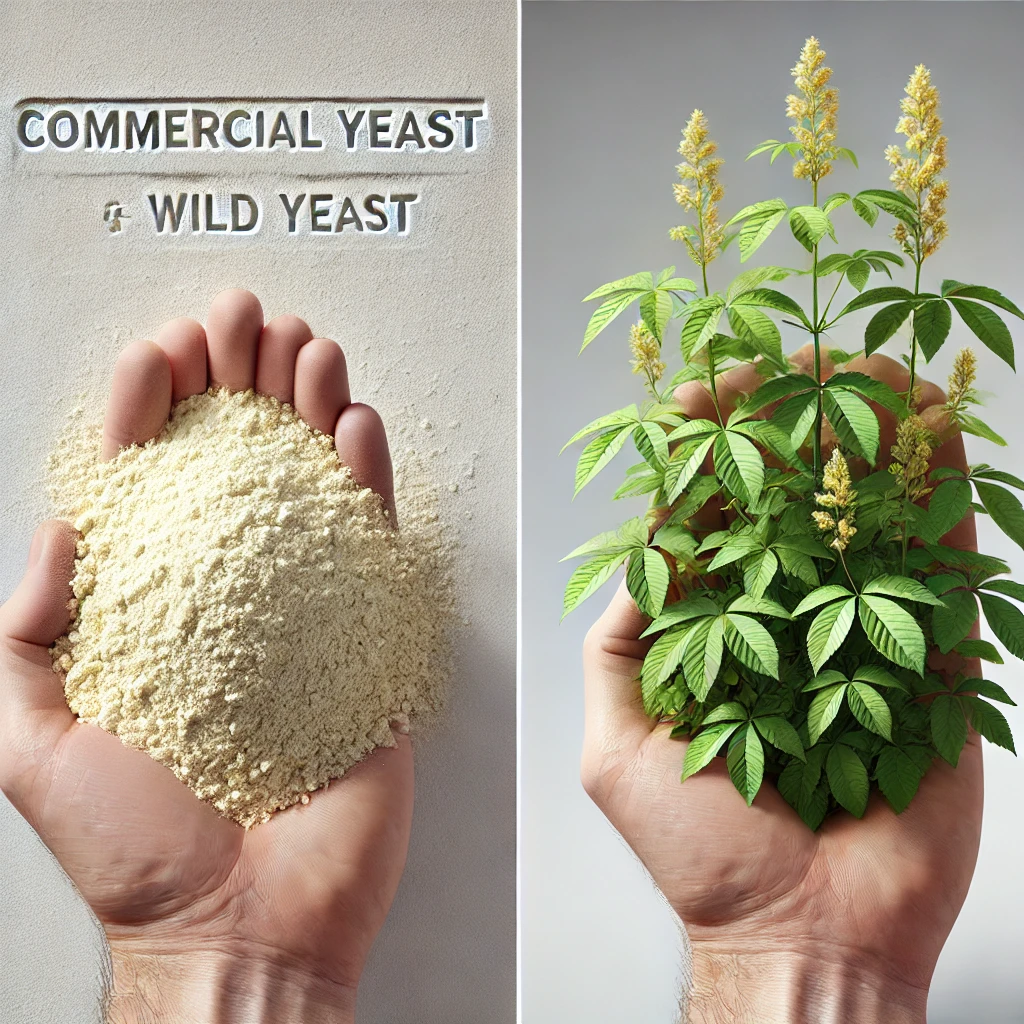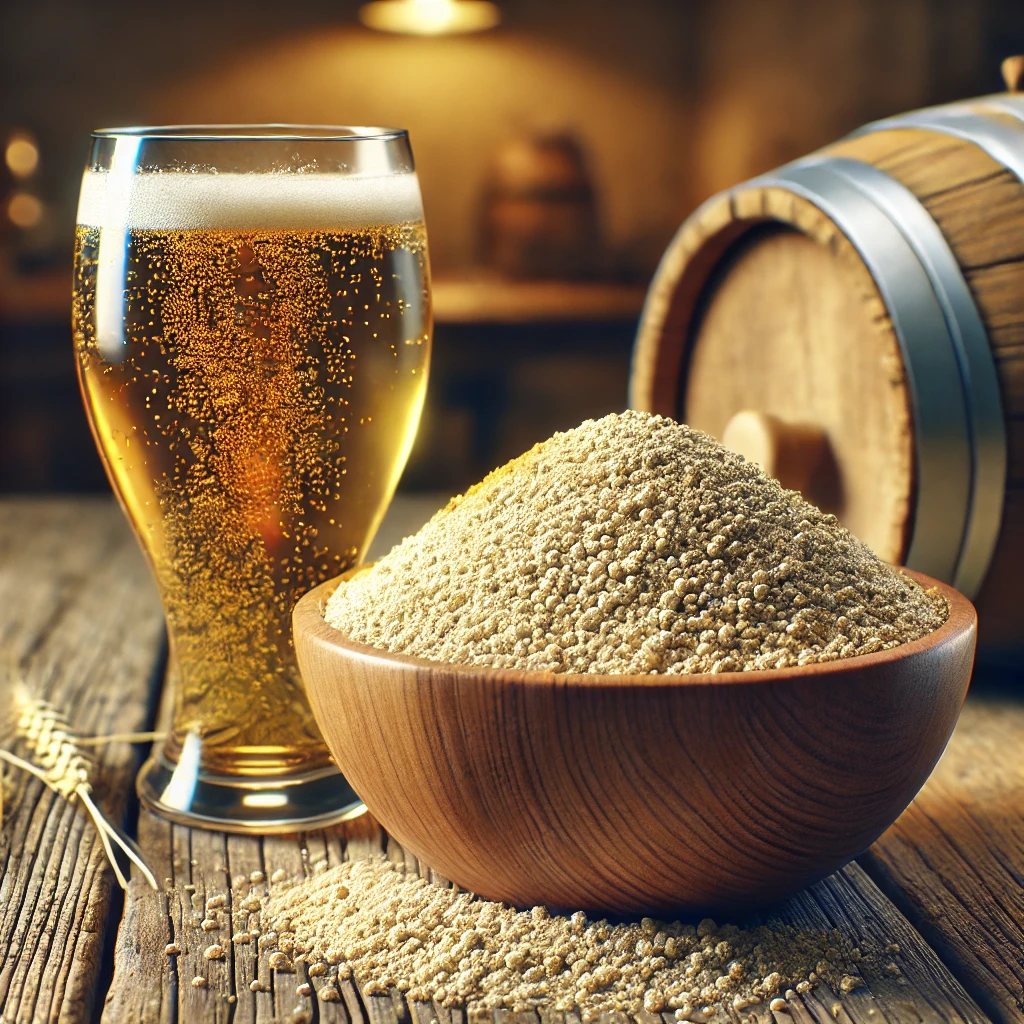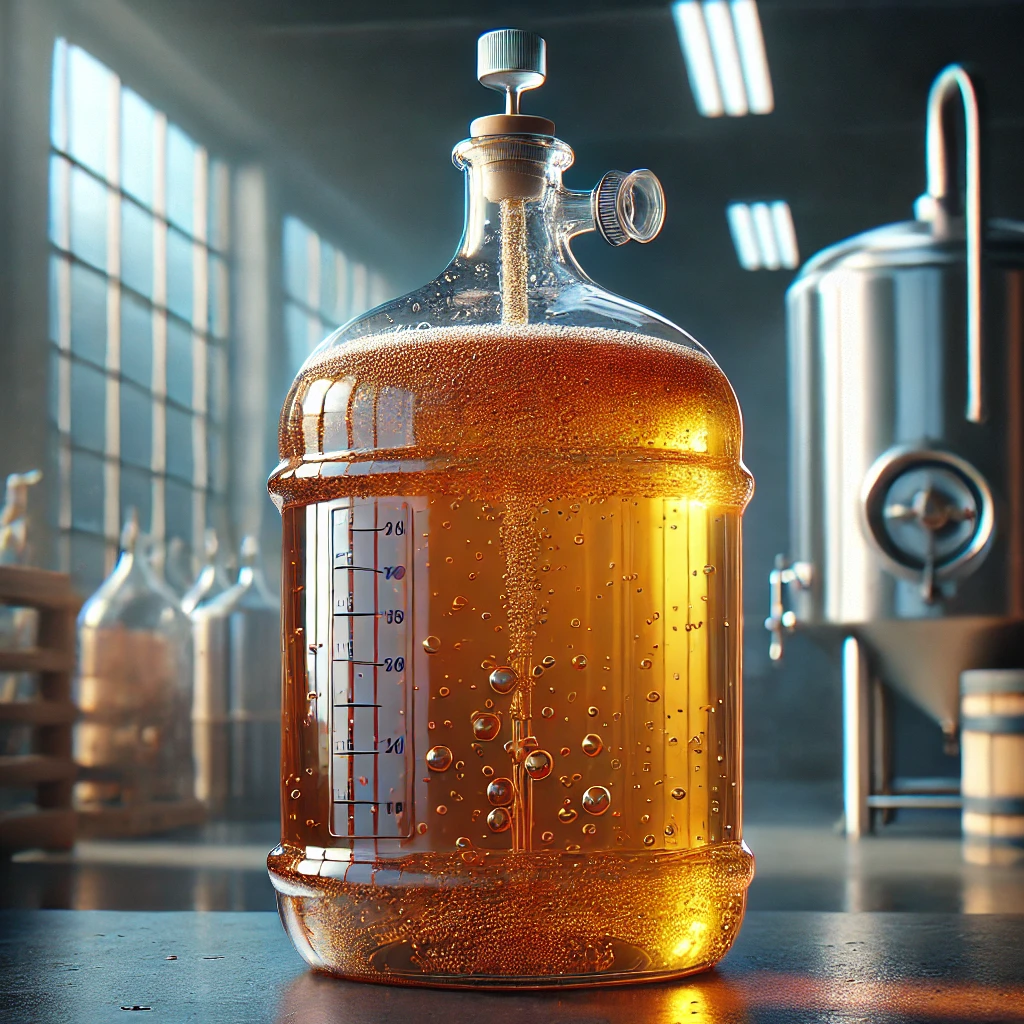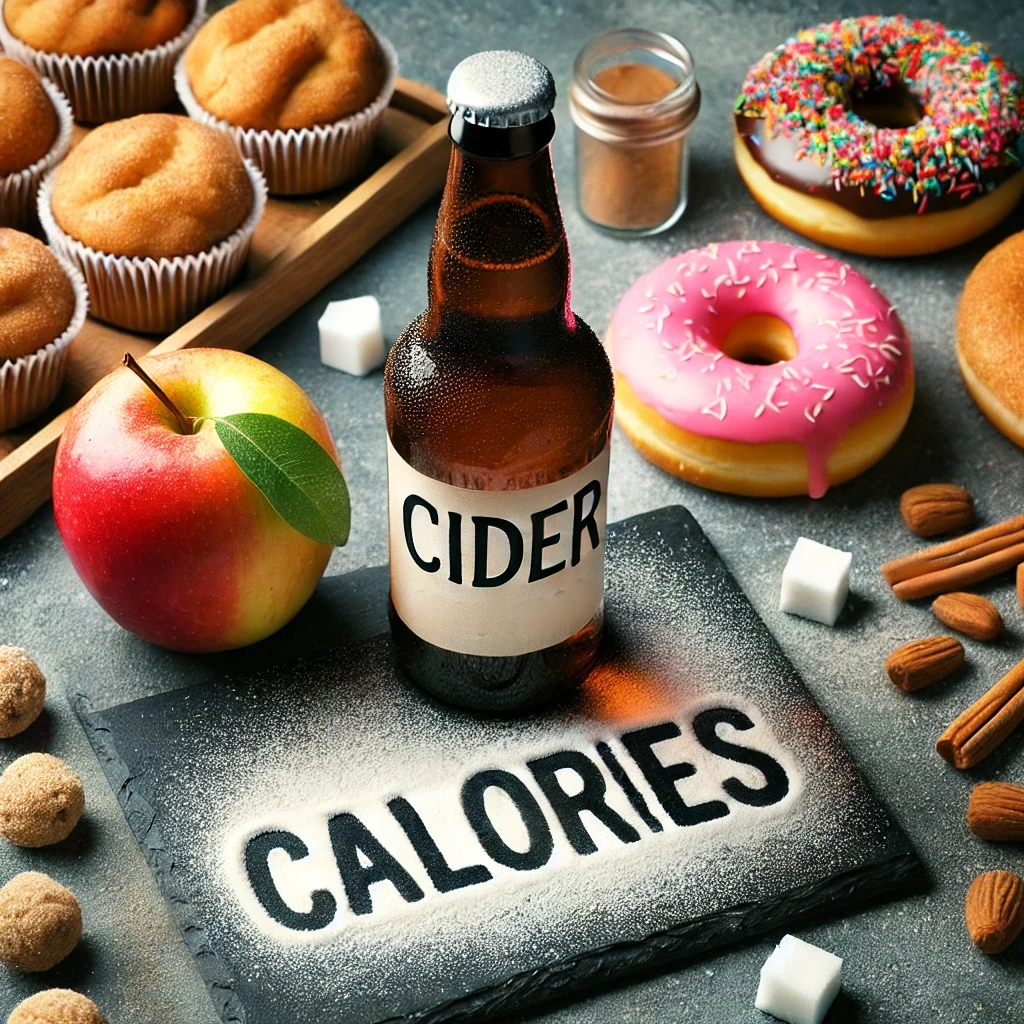Types of Yeast Used in Cider Production
Commercial Yeast
Saccharomyces cerevisiae (Brewers Yeast): This is the most commonly used yeast in cider-making. It is known for its reliability and ability to produce clean, crisp flavours.
Champagne Yeast: Often used for its ability to create high levels of alcohol and carbonation, making it ideal for sparkling ciders. It produces a dry finish with a clean taste, often used in high-quality cider productions.
Wild Yeast
Natural Fermentation Process: Wild yeast is naturally present on apple skins and in the environment. Using wild yeast can result in more complex and unique flavour profiles due to the various microorganisms contributing to the fermentation process.
Flavour Profiles: Wild yeast fermentation can be unpredictable but often leads to a cider with rich, varied flavours that reflect the natural environment in which the apples were grown. This is something we live by at Butford Organics with all our ciders being 100% natural.

Impact of Yeast on Cider Flavour and Texture
The type of yeast used in cider-making significantly affects the cider’s flavour and texture. Commercial yeasts like Saccharomyces cerevisiae typically produce a clean, neutral taste, allowing the apple’s natural flavours to shine through. Champagne yeast adds a dry, crisp finish with high carbonation, which is ideal for sparkling ciders.
In contrast, wild yeasts can introduce a range of flavours, from fruity and floral to funky and earthy, depending on the specific strains and environmental conditions. This can result in a more complex and layered cider.
Comparing Commercial and Wild Yeast Effects
| Aspect | Commercial Yeast | Wild Yeast |
|---|---|---|
| Flavour | Clean, neutral, and consistent | Complex, varied, and unique |
| Carbonation | High (especially with champagne yeast) | Variable, depending on fermentation conditions |
| Fermentation | Predictable and controlled | Unpredictable and potentially inconsistent |
| Use Case | Ideal for consistent, high-quality ciders | Best for experimental or traditional cider-making |
Yeast-Related Dietary Concerns
Safety for Yeast Allergies
For those with yeast allergies, consuming cider can be a concern. Most commercial ciders are pasteurized, which kills any remaining yeast. However, unpasteurized or craft ciders may still contain live yeast, potentially posing a problem for those with allergies.
Yeast-Free Cider Alternatives
Yeast-free cider alternatives include non-alcoholic ciders, which are made by not fermenting the apple juice, and hard sodas, which use other sweeteners instead of apple juice.
Gluten-Free Considerations
Most ciders are gluten-free as they are made from apples and not grains. This makes them a suitable option for those with gluten intolerance or ceoliac disease. However, it is always best to check labels or consult the manufacturer to ensure the cider is truly gluten-free.
The Fermentation Process in Cider Making
Step-by-Step Fermentation
- Juicing: Apples are washed, crushed, and pressed to extract the juice.
- Inoculation: The apple juice is inoculated with yeast, either wild or commercial.
- Fermentation: Yeast consumes the sugars, producing alcohol and carbon dioxide.
- Clarification: After fermentation, the cider is clarified to remove any residual yeast and solids.
- Carbonation: Depending on the desired style, carbonation levels are adjusted.
- Bottling & Aging: The finished cider is bottled and can be aged for further flavour development.
Factors Affecting Fermentation
- Temperature: Yeast fermentation is temperature-sensitive; different yeasts have optimal temperature ranges.
- Nutrient Availability: Adequate nutrients are necessary for healthy yeast activity.
- Yeast Strain: The specific strain of yeast used can influence fermentation time and flavour outcomes.
Frequently Asked Questions About Yeast in Cider
Does Cider Contain Live Yeast?
Most commercial ciders are filtered and pasteurized to remove or kill any remaining yeast, making them clear and stable. However, some craft or traditional ciders may still contain live yeast.
Can You Use Beer Yeast for Cider?
Yes, it is possible to use beer yeast for cider, but it may result in different flavours and characteristics. Beer yeast tends to produce more complex flavours, whereas cider-specific yeasts are chosen for their ability to enhance fruit flavours.
Best Yeast Strains for Cider
Some of the best yeast strains for cider include Saccharomyces cerevisiae for a clean ferment, champagne yeast for sparkling ciders, and various wild yeasts such as at Butford Organics.





